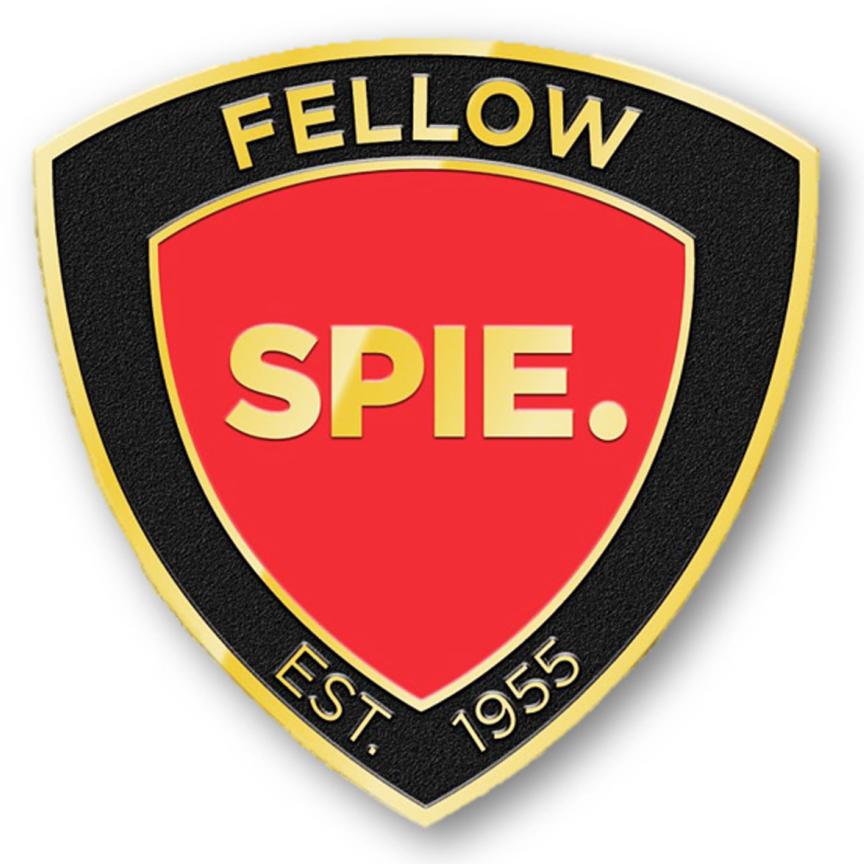While the CO2 laser is still considered the workhorse of the industry when it comes to materials processing, there has been much jostling and vying for attention from the other classes of laser in this field. Writing in the previous issue of Electro Optics, John Ambroseo, CEO of Coherent, argues that the diode laser is one technology that’s set to close the total ‘cost of ownership’ gap in materials processing between laser-based solutions and machine tools. Automated assembly procedures, high efficiency, and the ability to be scaled effectively in terms of power, are the reasons he cites for why he believes the diode laser will become a more dominant force in materials processing.
The optics used to focus or collimate a diode-laser beam have to be in the micrometre scale. This is due to the light source being small and also because of the high divergence of the beam. Diode lasers have different divergence angles in the vertical and horizontal axis. ‘The vertical axis is more difficult to collimate than the horizontal as the light diverges more quickly in this axis,’ explains Dzelal Kura, head of Advanced Optical Components at Swiss company, Fisba Optik. Fisba supplies optical systems, instruments and components and one of its specialities is the customised design and fabrication of micro optics and micro-optic systems for complex industrial applications.
To capture the entire beam and avoid power losses, the lens has to have a high refractive index and be small enough to be positioned very close to the laser diode. Fast axis collimation (FAC) lenses are most frequently used for this purpose in diode lasers and Fisba produces FAC lenses ranging from 0.1-2mm focal length. Depending on the application, a slow-axis lens array might also be needed to collimate the horizontal axis, although this isn’t always necessary.
‘Being able to control the shape of the lens at micrometre dimensions to obtain a collimated beam of light is difficult to achieve,’ comments Kura. ‘The required accuracy is much easier to produce at larger dimensions, where conventional manufacturing processes can be used, but in the micrometre range it is more difficult to do.’ Fisba uses proprietary manufacturing techniques for the production of its FAC lenses.
FAC lenses typically have a flat surface and an aspherical surface; the latter has to be very accurate (below lambda) and smooth. Also, the coating used has to have a broad acceptance of the incident angle (up to 40°) due to the high divergence angle of the diode-laser beam. This generally is not the case with standard optics, in which coatings are designed for an angle of incidence of up to 10°. Fisba uses broadband coatings (800-2,000nm) on its FAC lenses, although it has the capabilities for different wavelength ranges.
In his article, Ambroseo does admit that the one thing currently holding diode technology back is brightness. Micro lenses play a role in limiting power losses and improving brightness, as Kura explains: ‘Micro optics are most commonly used to reduce power losses in diode laser systems and advances in micro-optics technology tend to be directed towards developing optical components that enable higher brightness laser systems.’ Micro optics allow system manufacturers to engineer higher brightness systems through reducing power losses and also by being able to provide modified designs for laser coupling in low-fibre diameters. ‘In addition, being able to decrease the size of a system increases the range of applications it can be used for,’ Kura says.
Fisba also supplies the Fisba Beam Twister (FBT) module, which includes a FAC lens with an additional rotational lens array. This is used to collimate the fast axis while the slow axis is rotated by 90°. By manipulating the light in this way, it is much easier and more efficient to focus laser-diode power with a bulk optic into a fibre. Depending on the laser pitch, the meter width and the number of emitters, fibre-coupling efficiencies of up to 85 per cent can be achieved. Direct diode applications, such as materials processing, which use fibre-coupled diode lasers benefit from the high-coupling efficiencies. The FBT is also one way of focusing diode-laser beams into a point.
Lithographic processes
A further area where micro optics play a role is in microlithography in the production of silicon chips. Homogeneous illumination, required in microlithography to illuminate a photomask evenly, is achieved through a number of micro lenses, each operating as secondary light sources. The light from each lens is superimposed at the target plane, resulting in beam mixing and an averaging effect so that inhomogeneities in the primary light source are compensated. Lithography stepper and scanner equipment for silicon chip production contains micro lenses to produce homogeneous illumination, advances in which have contributed to the ability to fabricate silicon chips at 45nm node or smaller. ‘To produce such small chip structures requires extremely homogeneous light and therefore very precise micro lenses,’ explains Dr Oliver Homburg, senior solutions manager, advanced optical solutions at German optics and photonics manufacturer, Limo.
Lithographic techniques are commonly used for micro optics fabrication, the development of which has allowed components to be mass produced for the consumer market. The Axetris Division of Leister, a Swiss designer and manufacturer of micro technology (MEMS)-based components and modules, uses photolithography, reflow and etching on a wafer scale in the production of its micro lenses. Stefan Lesjak, sales engineer at Leister Process Technologies, comments: ‘The photolithography process with reflow, as we use it, delivers perfect spherical shapes with negligible surface roughness,’ although he says the technique does have limitations with regards to the achievable numerical aperture. Lesjak notes one advance made in micro optics fabrication is an increase in the size of the wafers used (from four inches to six to eight inches), thereby reducing the optical tolerances.

The Fisba Beam Twister (FBT) module. Image courtesy of Fisba Optik.
Greyscale production is a further lithographic technique for micro-optics production that uses greyscale masks, in which photosensitive material is exposed through a photomask with variable transmission, as opposed to binary masks. Jenoptik Optical Systems, recently formed through the merger of Jenoptik US subsidiaries, MEMS Optical and Jenoptik Polymer Systems, is one company employing greyscale technology for the production of its micro lenses and other optical components.
Other micro optics fabrication methods are more akin to CNC-based classical optics grinding and polishing techniques, just on a smaller scale, while more specialised techniques have also been developed, such as wafer-based embossing, used, for instance, by Heptagon through its Reemo technology, and gradient index optics technology, used by GrinTech. Most companies will employ proprietary methodologies for micro optics fabrication.
One distinction that Homburg, of Limo, makes, which dictates both the fabrication methods and end use, is whether lenses are produced from polymers or glass. ‘Optics made from polymers are much cheaper than glass optics and therefore, at low light intensities, plastic optics are often preferable,’ he says. ‘However, at higher intensities, for high-power lasers, for example, glass is used as plastic lenses would degrade or even melt.’
Limo uses a fully mechanical approach for wafer-based fabrication of its micro-optical components. ‘In general, the manufacturing process depends on the quantities and type of micro optics required, with the cost-effective nature of wafer-based fabrication making it suitable for high-volume production,’ Homburg says.
Future trends
The range of applications using micro optics extends into a numerous commercial and industrial laser diode uses, including CD and DVD players, fibre-optic communications, as well as pumping solid state and fibre lasers. LED technology and microelectromechanical systems (MEMS), or micromachines, are two further sectors where micro optics play an important role.
Kura, of Fisba Optik, believes that future trends in the technology lie in new optical design concepts for higher brightness laser systems and also in advances in surface accuracy of the lenses. He also feels there will be further advances in coating technology for micro optics: ‘Laser power is increasing and therefore high quality optical coatings are required to minimise power losses from optics.’
In addition, Kura comments: ‘There is also a general trend of standardisation. Cost-efficient, high-volume fabrication methods for manufacturing lenses and micro optics are required to reduce the overall costs of the system.’ Currently, diode lasers are used in DVD and CD players, but the costs of laser-diode systems are too high for some consumer applications, he believes. Being able to fabricate optics in larger quantities and with greater automation will bring down the cost of optics and the overall systems they are integrated within, which could potentially could open up new areas of application.


